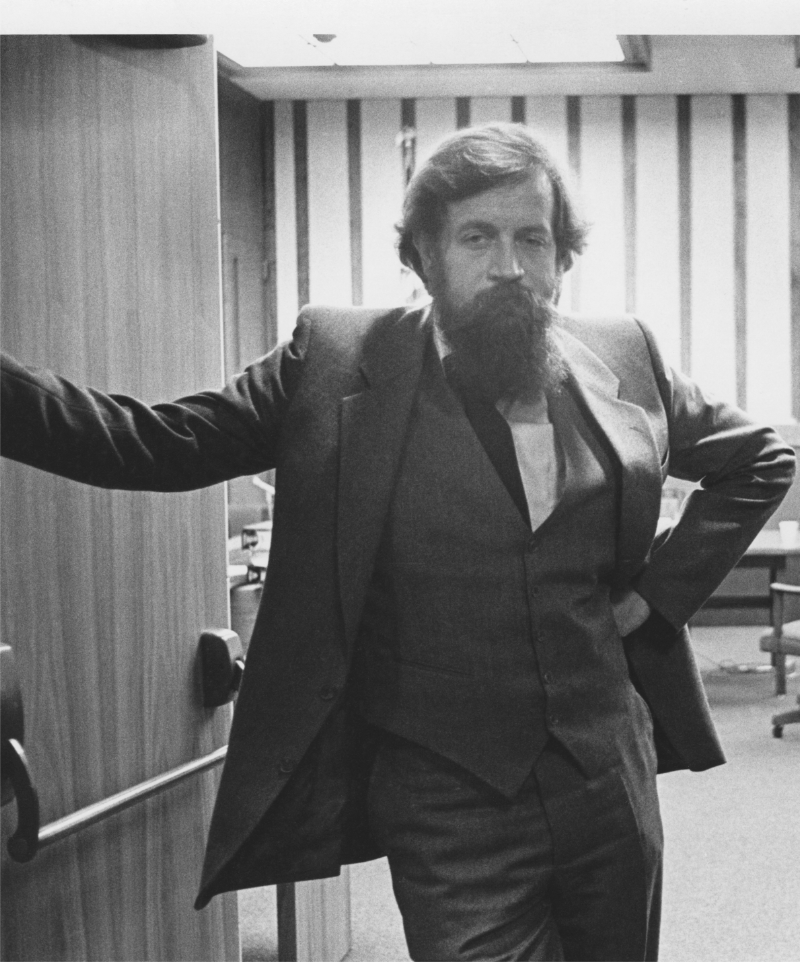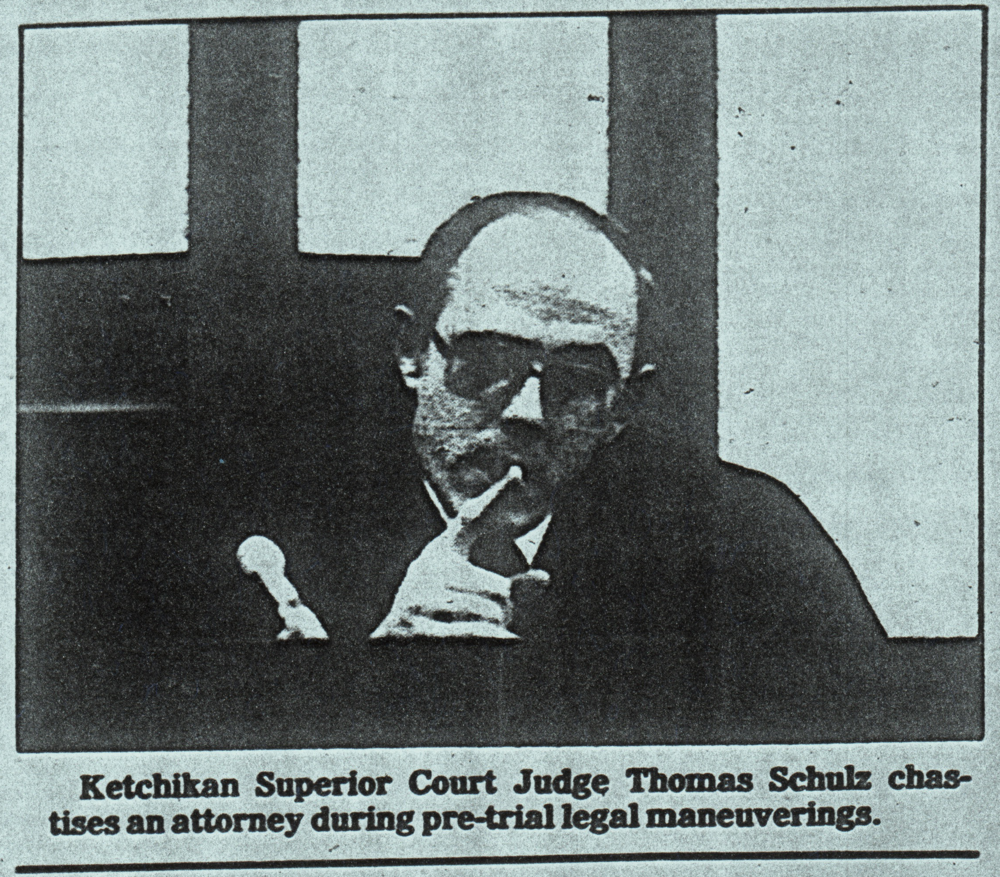Under cross-examination, defense attorney Phillip Weidner got Dr. Bell to admit his experiments didn’t take into account the influence of tooth decay, fillings or flesh surrounding the teeth. That admission set up the next line of attack. Weidner accused Bell of “fudging and playing around with” photographic exhibits shown to jurors. The dentist, he claimed, had artfully magnified x-rays of the teeth found in the fire and “carefully tailored distortions” to make it look like he’d made a match.

(courtesy Hall Anderson)
Weidner further complained that Bell used the process of elimination for some of his identifications. If a specimen didn’t fit x-rays from three of the victims, but bore a resemblance to one man’s records, Weidner charged, Bell had accepted it as a “possible” or “probable” match. That, Weidner said, lent “bogus credibility” to Bell’s identifications. He further accused him of lining up his findings to match the police theory that everyone on the Investor had died.
Still, it was Weidner who introduced language from Bell’s report which said it was “highly probable” that some of the teeth he examined belonged to Dean Moon, wondering why Bell would use language like that when all he’d say in court was that those teeth were “most consistent” with Dean Moon. That question prompted Bell to note that, “it is not a positive finding, but yet there’s four fragments in there with characteristics that are consistent with Dean Moon’s and therefore, given that closed population, it would be highly probable that those fragments would belong to Dean Moon.”
As the noon hour of Dr. Bell’s second day of testimony approached, emotions exploded. Weidner was digging into Dr. Bell and the prosecution objected. Weidner reacted forcefully. “I object to being cut off in mid-question,” he stormed. “What will happen is that the prosecution will go over this with him over the noon hour and…”
Schulz cut off Weidner in mid-sentence. “And I object to your paranoia, which has no basis in fact at all,” the judge shot back. The judge then abruptly ended the cross-examination by adjourning the court.

After lunch, Weidner resumed cross-examination — and objected some more. In his questioning of Bell, Weidner had suggested that an unknown “drug dealer” may have also died onboard the Investor. Weidner was objecting to Pat Gullufsen’s objection, in which he had charged that, “Mr. Weidner seems to have the drug theory on his brain.”
“I’m getting tired of counsel making speeches,” Weidner complained.
“If you’re getting tired of it,” Schulz shot back, “you don’t know the meaning of the word. I’m sick and tired of it.”
As he elaborated on his initial comment, Schulz noted that defense attorney Brant McGee had recently suggested the judge hand down his decisions in Spanish, suggesting that they couldn’t understand them. Already irritated by Weidner’s behavior before the break, this second round of objections drove Schulz over the top.
“All I can say is fines are coming,” he told the attorneys. ”I’m sick and tired of it.” Once more, Judge Schulz was in the awkward position of trying to find peace where none could be found.
Excerpts from the unpublished original manuscript, “Sailor Take Warning,” by Leland E. Hale. That manuscript, started in 1992 and based on court records from the Alaska State Archive, served as the basis for “What Happened in Craig.”
Copyright Leland E. Hale (2020). All rights reserved.

Order “What Happened In Craig,” HERE and HERE. True crime from Epicenter Press.